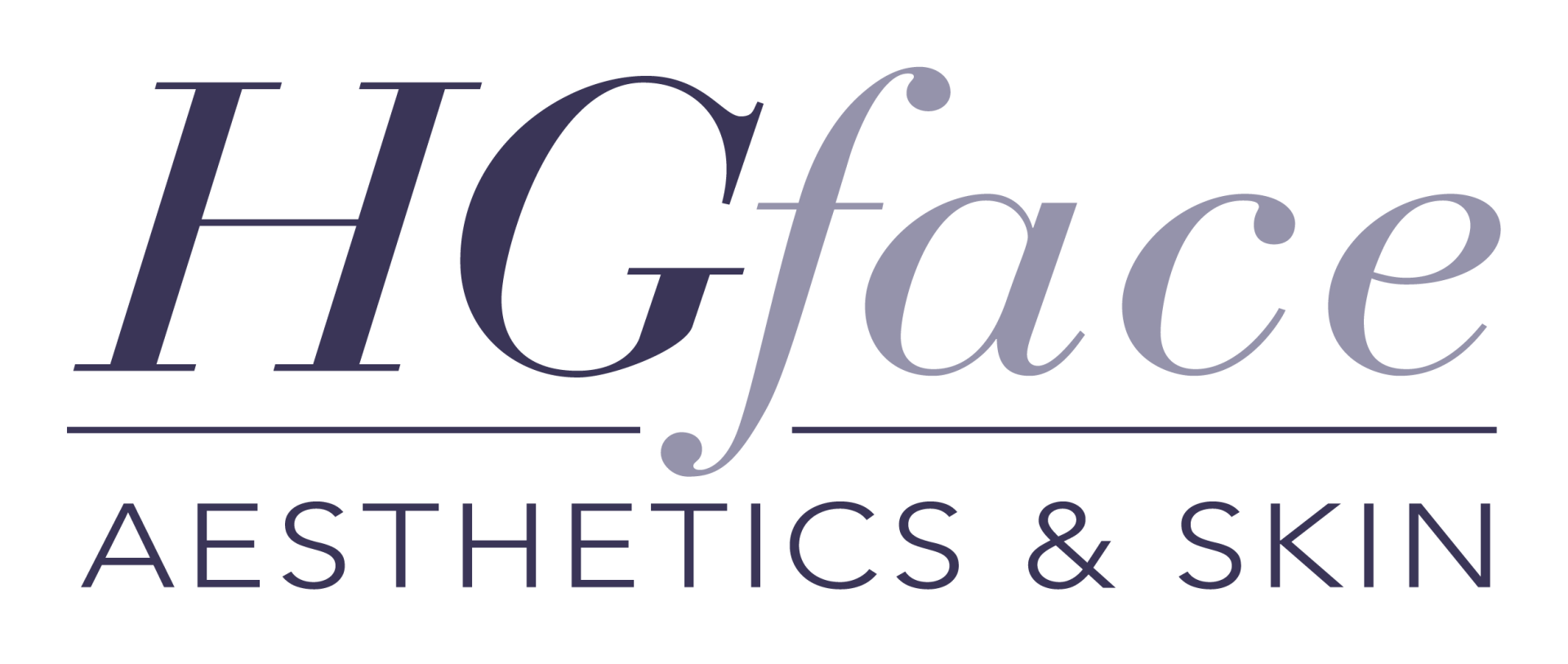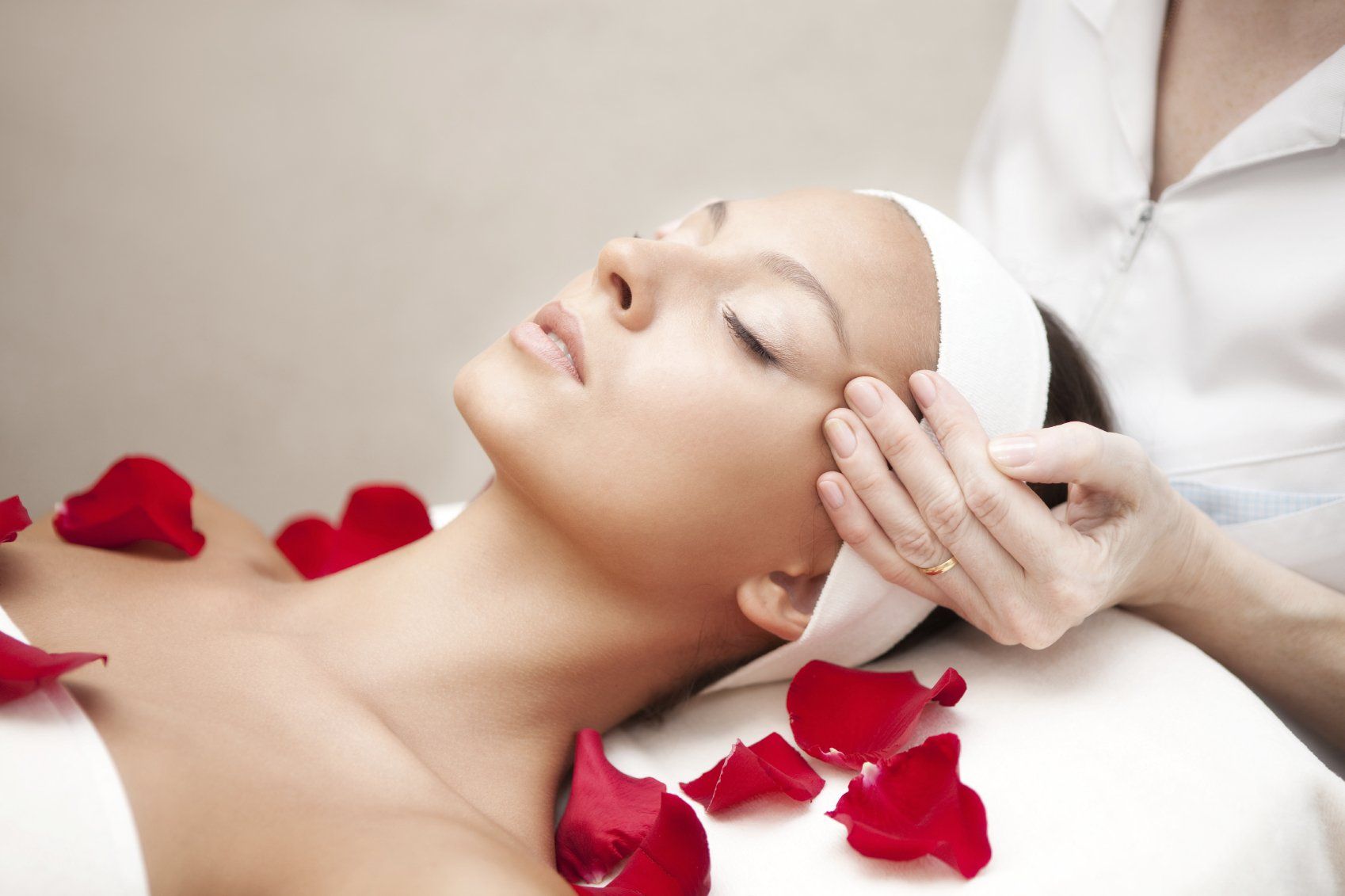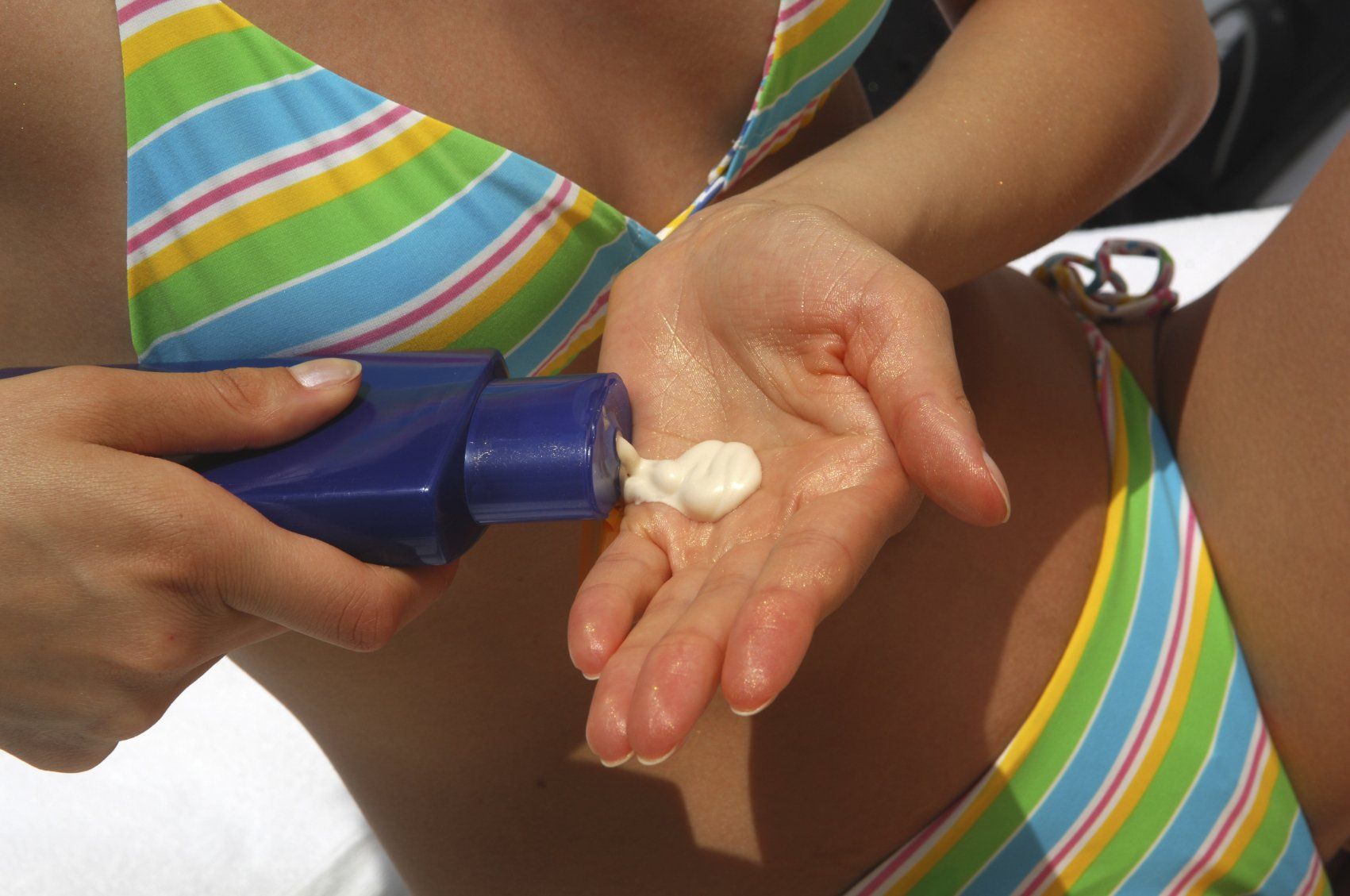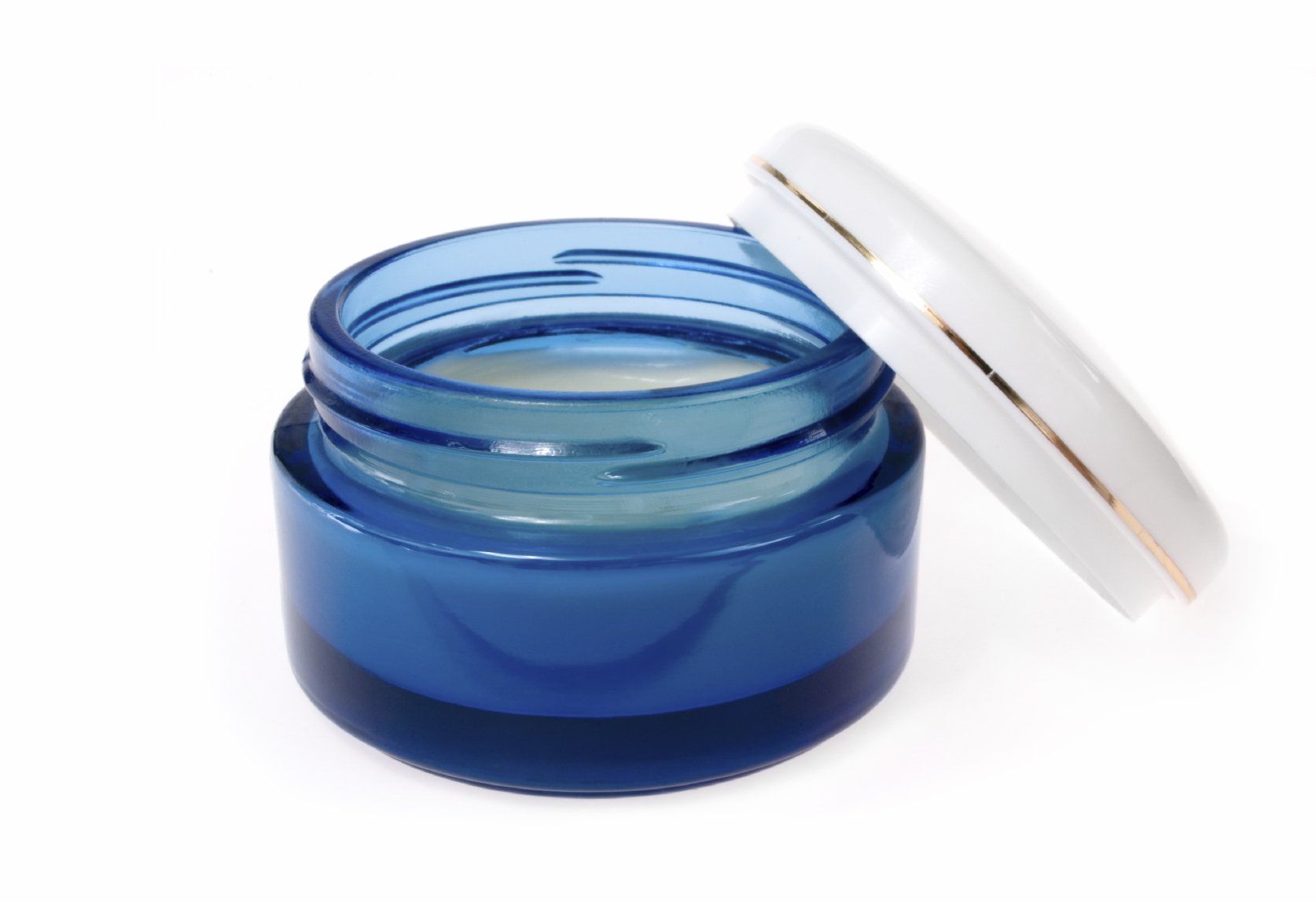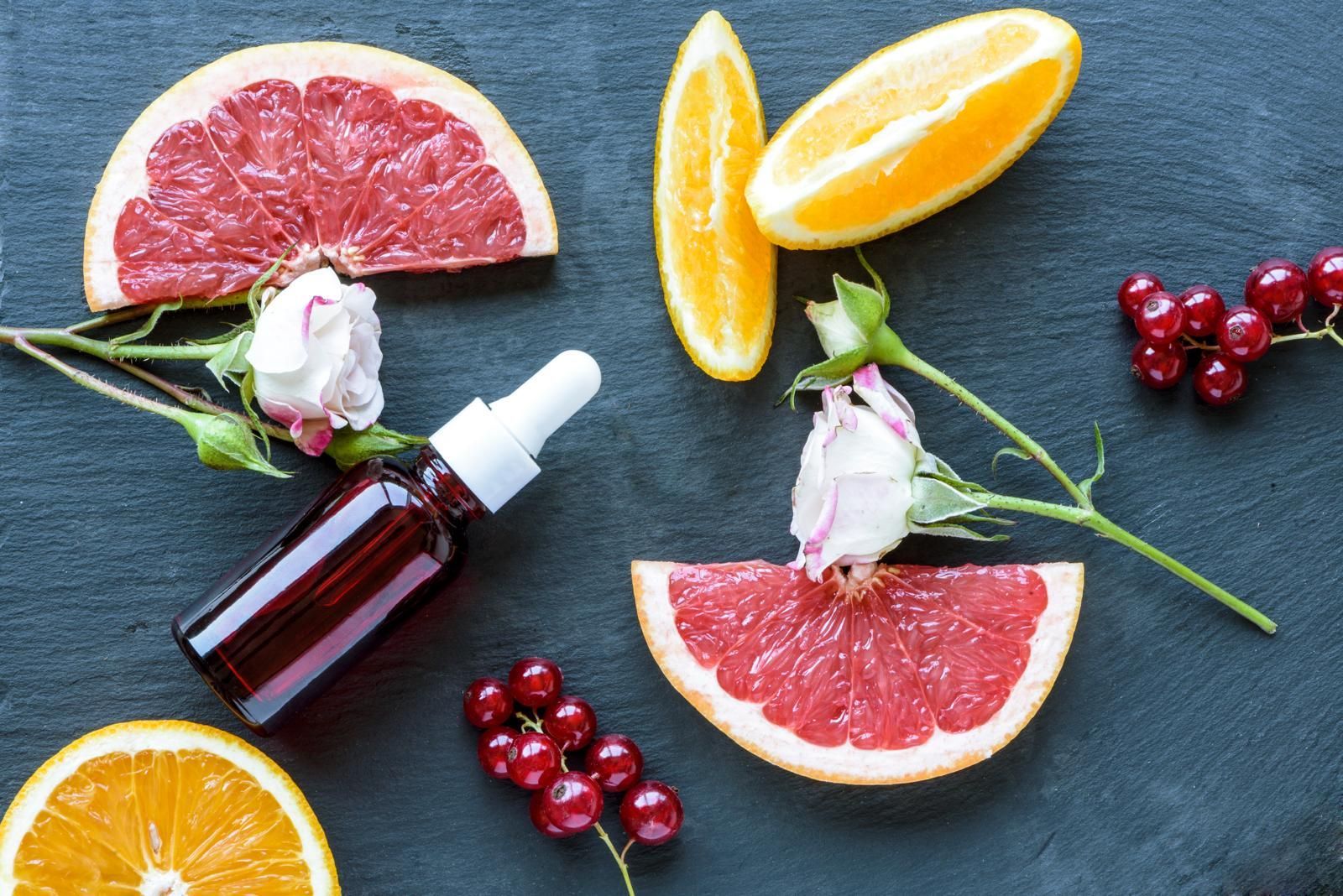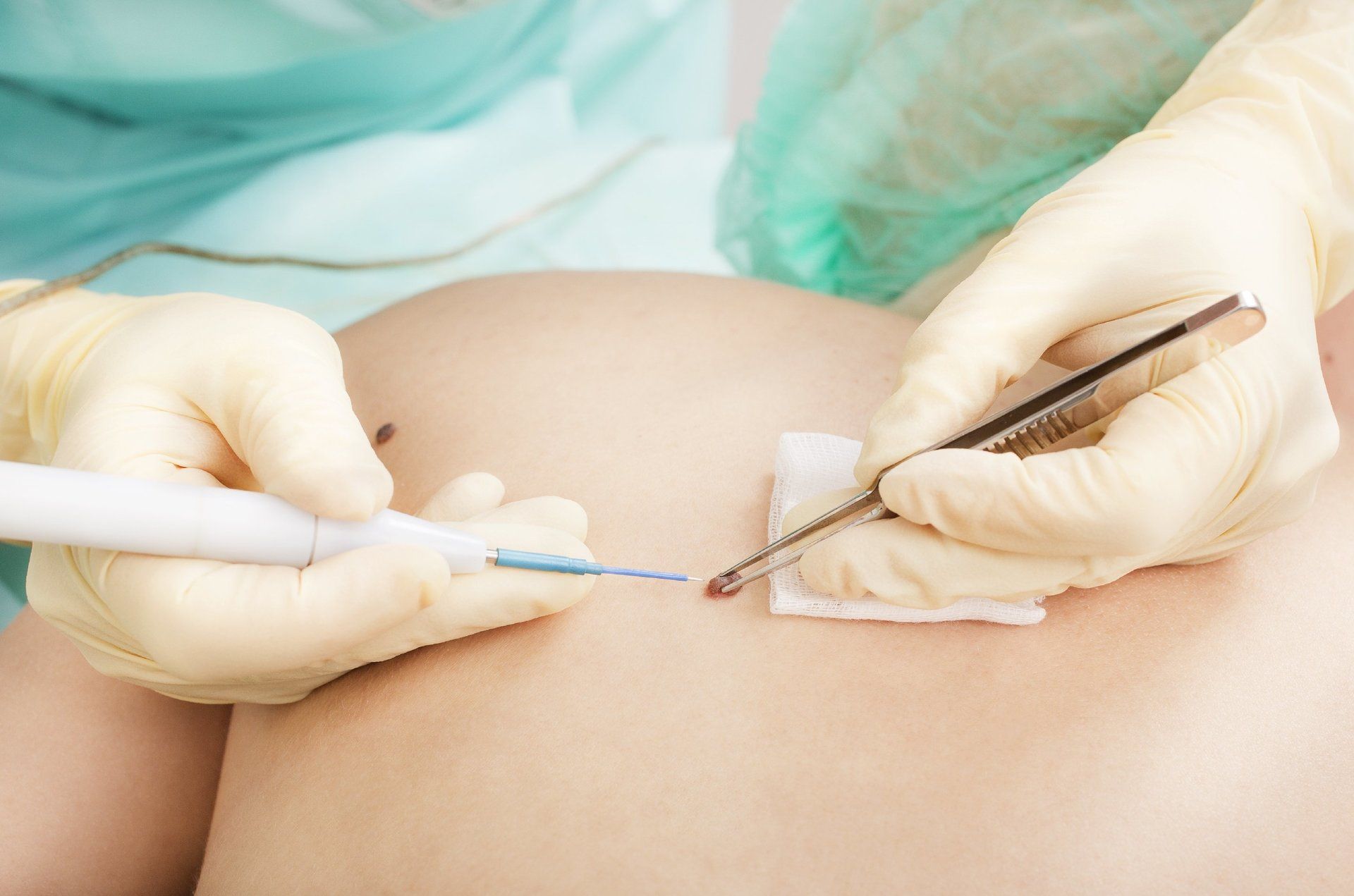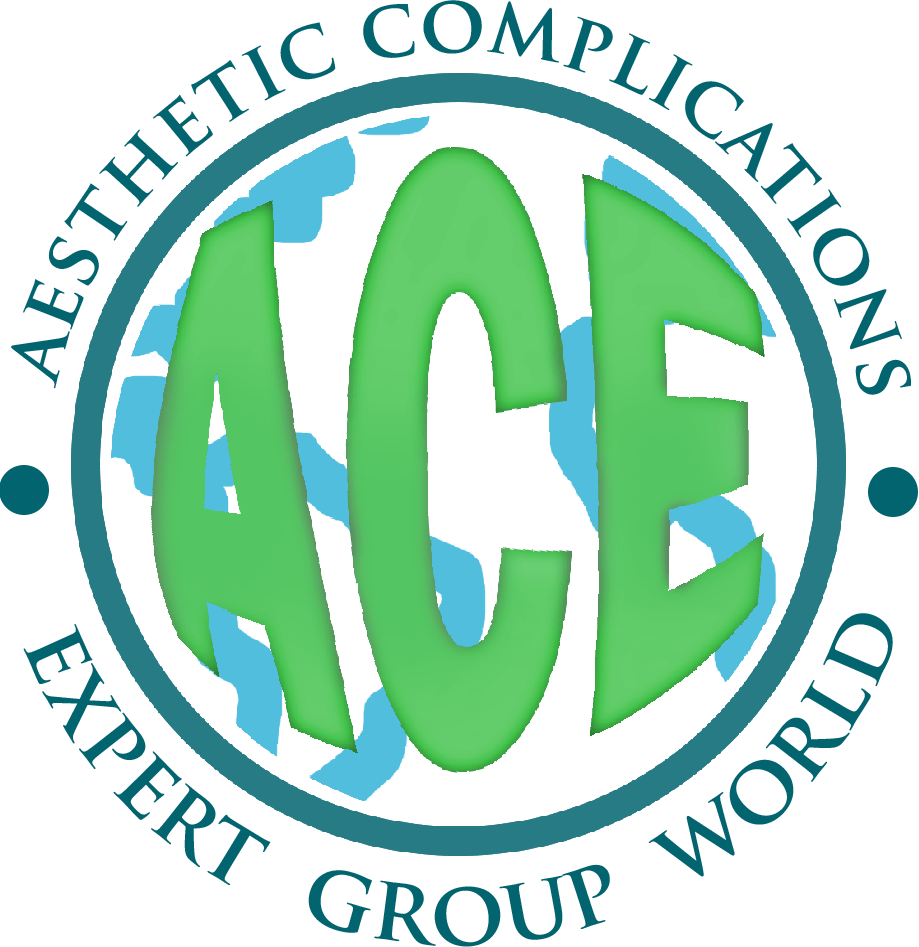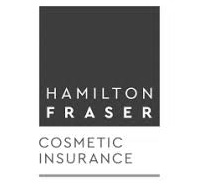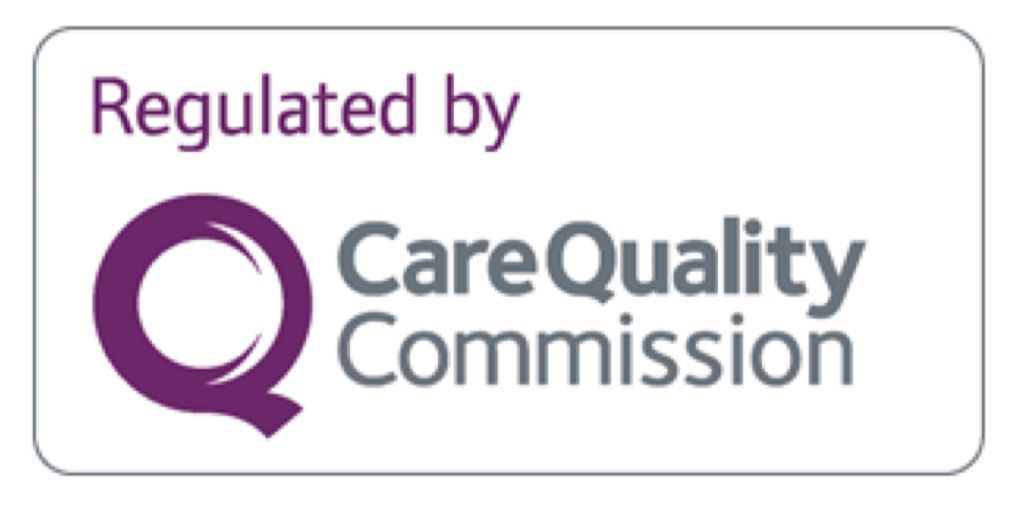What is medical aesthetics?
Medical Aesthetics - What are they?

The face, boat race, grid, physiognomy, kisser - whatever you choose to call it, there is one thing we can all agree on. The face is a very complex and sensitive part of our body.
Let’s face it..
Just like the eyes are the window to the soul, the face is the first thing to appear when you see someone, whether that is in the flesh, in a photograph or on a video call.
So when it comes to altering anything on your face - why wouldn't you opt for those adjustments to be completed by only the best? Premium service and treatment on your main feature are a given right?
That is why at HGface we always recommend using a qualified medical aesthetics practitioner when it comes to any non-surgical procedures on your face. That way you can be assured the practitioner knows what they are talking about - and in fact, are qualified to do so!
Before we go any further though, let’s talk about what exactly medical aesthetics is - and the difference between medical and non-medical beauty treatments.
Medical aesthetics
The most important factor of medical aesthetics is that the practitioner performing the procedure is medically trained, with much skill and experience.
This could mean a qualified doctor, nurse or dentist, who has a deep understanding of the facial anatomy and physiology. At HGface, Dr
Lynda and Dr
Ruth
are both qualified dentists, and.
Jo
is a trained nurse - making us a perfect blend of qualifications, experience and expertise. We have all been practicing in our professions for over 35 years.
As medical practitioners, we have chosen to become accredited with
SaveFace,
a national register of accredited practitioners who provide non-surgical cosmetic treatments. If you visit their register, you will find a list of those qualified to perform these treatments.
Currently, the aesthetic industry is unregulated. It is frightening to think that non-medics can enter the world of aesthetics by simply picking up a syringe and treating the general public with minimal or even no training at all.
Accredited practitioners in the medical profession understand that facial anatomy is very complex indeed. An in-depth knowledge of all the facial muscles, nerves, blood vessels and deeper structures is essential in order to be able to perform these highly skilled, non-surgical treatments safely and ethically.
Jo, from HGface says: “Medical aesthetics is both an art and a science. We want our patients to look the very best version of themselves. If a patient is considering having an aesthetic treatment, we want them to feel 100% confident that they are in the best hands.”
A beauty therapist does not have or need the medical qualifications or the level of training required for medical aesthetics. The treatments provided by a beauty therapist are significantly different from those offered by a medically qualified aesthetics practitioner.
So what treatments exactly do fall under medical aesthetics?
Medical aesthetics versus beauty treatments
If you are looking for
anti-wrinkle consultations, dermal filler treatments,
chemical peels or
Profhilo, you should be looking for a medical aesthetics clinic, such as HGface. Beauty treatments with a non-medically qualified clinician include facials, massage, waxing, threading, brows, lashes and make-up.
It is also important to look at surgical procedures, including facelifts, liposuction or breast augmentations - these require even further specialist qualifications.
Consultation necessary
Certainly with medical aesthetics, a consultation is vital. The practitioner must examine the area for treatment, obtain a full medical history and fully discuss a treatment plan with you, including any risks of the treatment to allow you to make an informed decision.
Lynda from HGface said: “We always carry out an initial consultation that will help us and the patient better understand any important medical factors that may be relevant to their treatment. A proper in-depth facial assessment is essential in order for us to advise our patients about the right treatments to achieve their goals. Ethical treatments and safety are a must for us at HGface!”
The next step
If you are considering any of the non-surgical procedures that fall under the umbrella of medical aesthetics, the next step would be to research your local area for a qualified practitioner.
On the clinic website, you should be able to see the clinician’s qualifications, accreditations and experience, which will put your mind at ease and assure you that the clinic will have your best interest at heart and will take care of you and your body!
If you are local to us in Harrogate, please give us a call or
book
in for a free consultation and we can help you feel refreshed, rejuvenated and revived!
